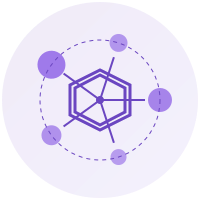Filter#
The Filter operation in Datatune uses LLMs to evaluate and filter rows in a dataset based on natural language criteria.
Basic Usage#
import datatune as dt
from datatune.llm.llm import LLM
import dask.dataframe as dd
# Initialize LLM
llm = LLM(model_name="openai/gpt-3.5-turbo")
# Load data
df = dd.read_csv("data.csv")
# Apply filter
filtered_df = dt.filter(
prompt="Keep only rows where the product price is reasonable for its category"
)(llm, df)
# Finalize to remove deleted rows
result = dt.finalize(filtered_df)
result.compute()
Parameters#
prompt (str, required): Natural language prompt specifying the filtering criteria.
input_fields (List, optional): Specific fields to include in filtering. If None, all fields are used.
name (str, optional): Custom name for the filter operation.
on_error (str, optional): Strategy for handling LLM errors:
"keep"(default): Keep error rows, delete FALSE rows"delete": Delete both error rows and FALSE rows
Metadata#
The Filter operation maintains internal columns (prefixed with the filter name and suffixed with __DATATUNE__):
{name}_SERIALIZED_INPUT__DATATUNE__: String representation of each row{name}_FILTER_PROMPT__DATATUNE__: Complete prompt sent to the LLM{name}_LLM_OUTPUT__DATATUNE__: Raw LLM response{name}_RESULT__DATATUNE__: Parsed result (1 for TRUE, 0 for FALSE, -1 for errors)
Errored rows are captured in the ERRORED_COLUMN as boolean.
